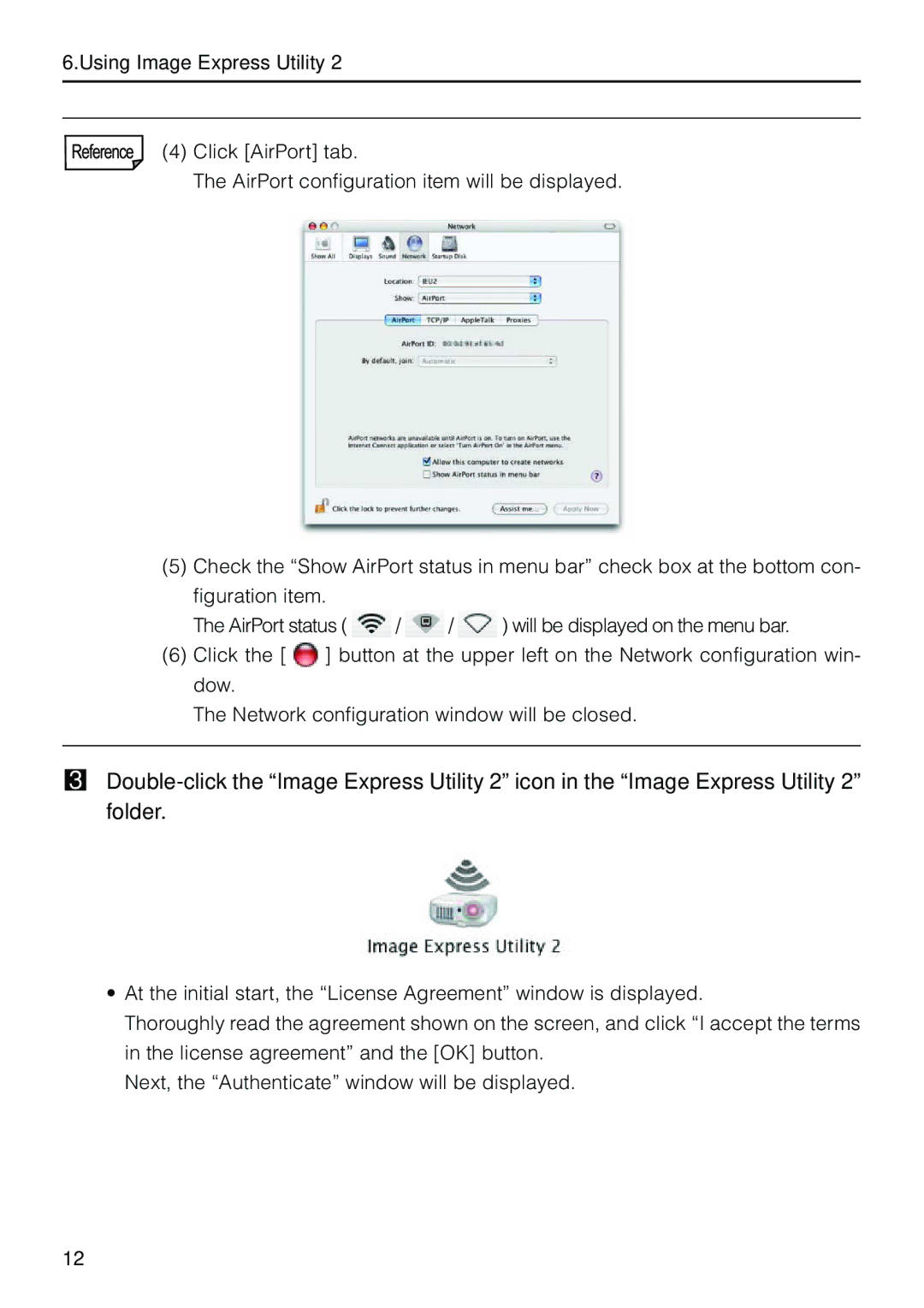LT280, LT380, WT610, WT615, LT245 specifications
Nokia, a renowned name in telecommunications, has made significant strides in the land mobile radio market with its LT265, LT245, WT615, WT610, and LT380 models. Each of these devices showcases cutting-edge technology and robust features designed for professional use in various sectors, including public safety, transportation, and utilities.The Nokia LT265 is a versatile mobile radio that operates within various frequency bands, offering extensive coverage for field communications. One of its key features is the intuitive user interface, which enables easy navigation and control. Equipped with digital voice quality and noise-cancellation technology, the LT265 ensures clear communication even in demanding environments. The device supports both conventional and trunked operation, making it adaptable to different operational needs.
Next in the lineup is the Nokia LT245, which is specifically tailored for users who require reliability and ease of use. This model boasts an ergonomic design, making it comfortable for extended use. The LT245 incorporates advanced encryption protocols to secure communications, which is essential for users handling sensitive information. Additionally, its long battery life ensures that operators remain connected during critical operations without frequent recharging.
The WT615 is another significant player in Nokia's offering, particularly noted for its compact design and lightweight build. This handheld unit packs powerful performance into a small form factor, suitable for on-the-go professionals. The WT615 features exceptional audio performance, with enhanced loudspeakers ensuring clear listening even in noisy environments. It also supports various signaling options, allowing seamless integration with existing communication systems.
On the other hand, the WT610 follows suit with a focus on ruggedness. Designed to withstand harsh conditions, this radio meets stringent durability standards, ensuring reliable operation in challenging environments. The WT610's bright display and user-friendly controls facilitate ease of use, while its emergency features provide operators with peace of mind during critical situations.
Lastly, the Nokia LT380 stands out with its modern design and multi-functional capabilities. It supports advanced features such as GPS positioning and location tracking, which are crucial for fleet management and coordination. The LT380 integrates seamlessly with various applications, making it a versatile tool for organizations seeking efficient communication solutions.
In conclusion, Nokia's LT265, LT245, WT615, WT610, and LT380 radios exemplify the company's commitment to quality and innovation in mobile communication. Their advanced technologies, multifunctional features, and user-centered designs cater to the diverse needs of today's dynamic operating environments, making them invaluable assets for professionals across various fields.

